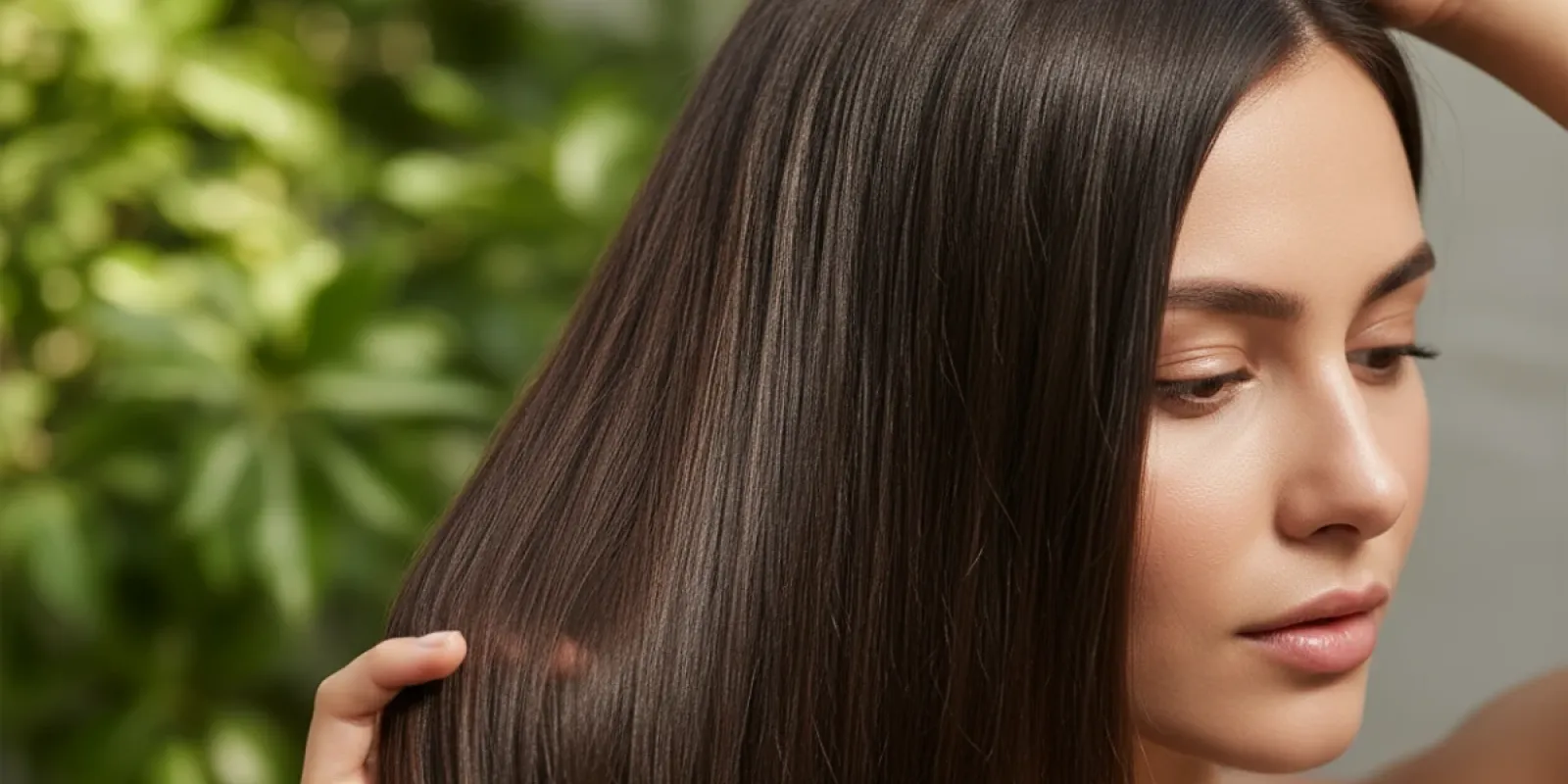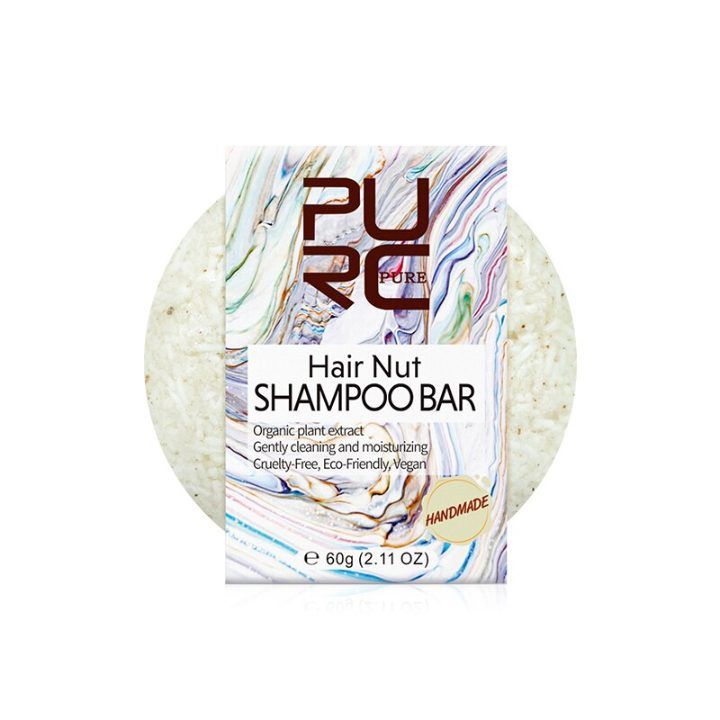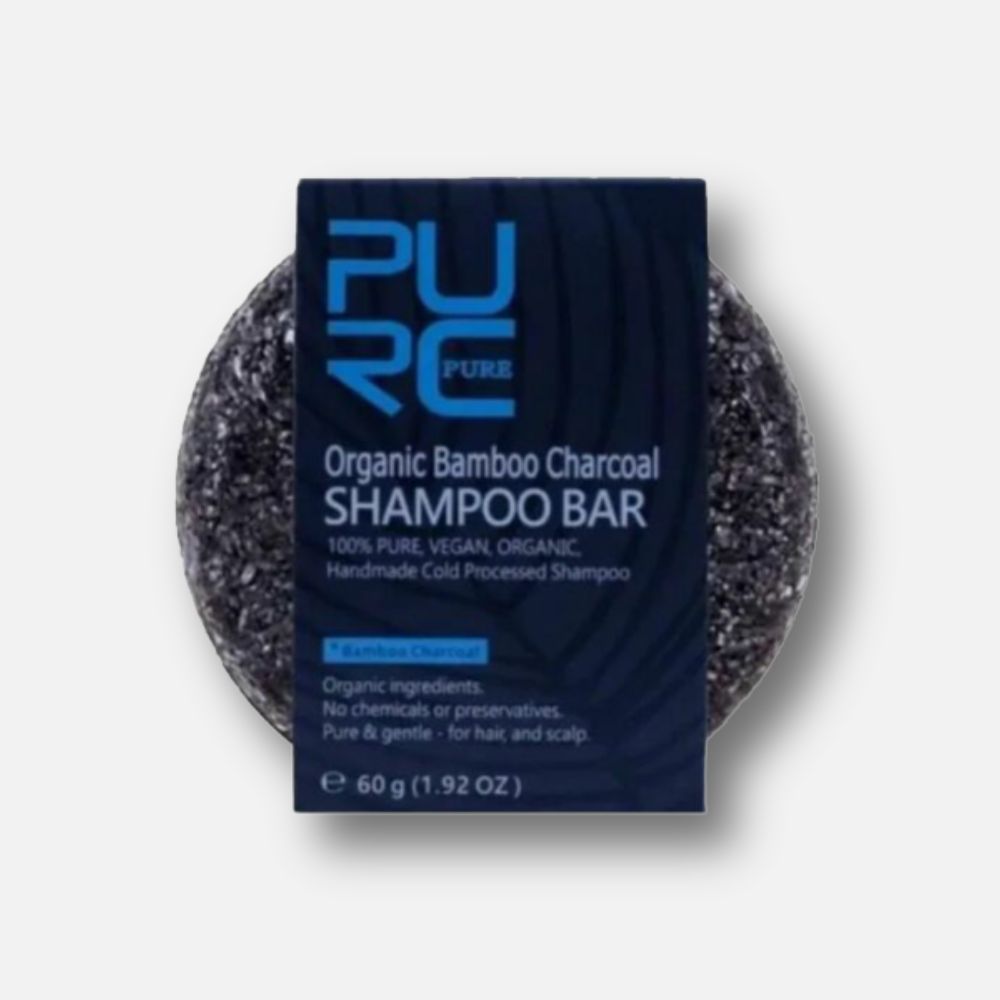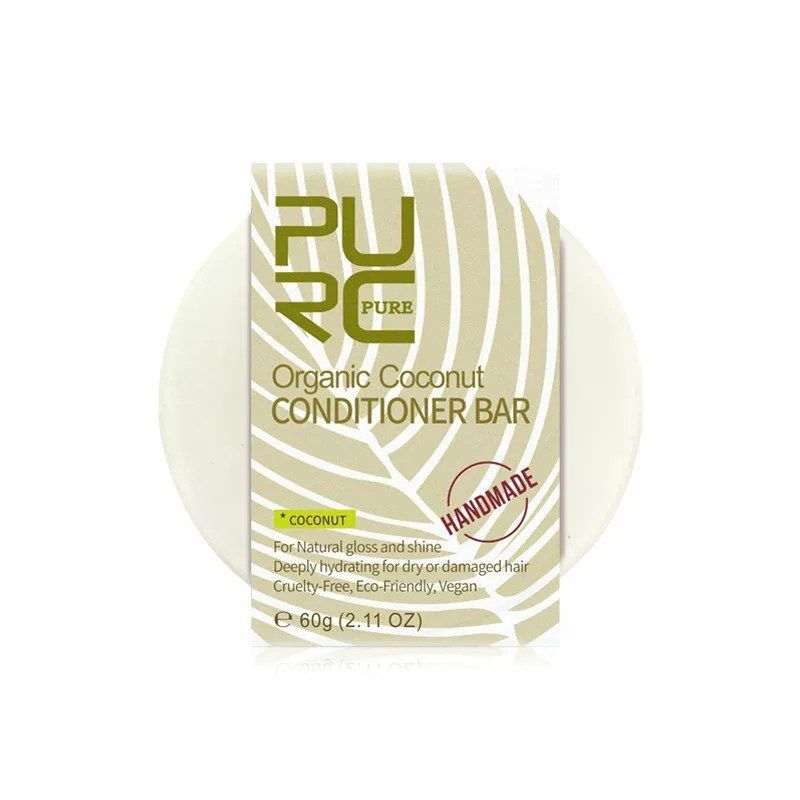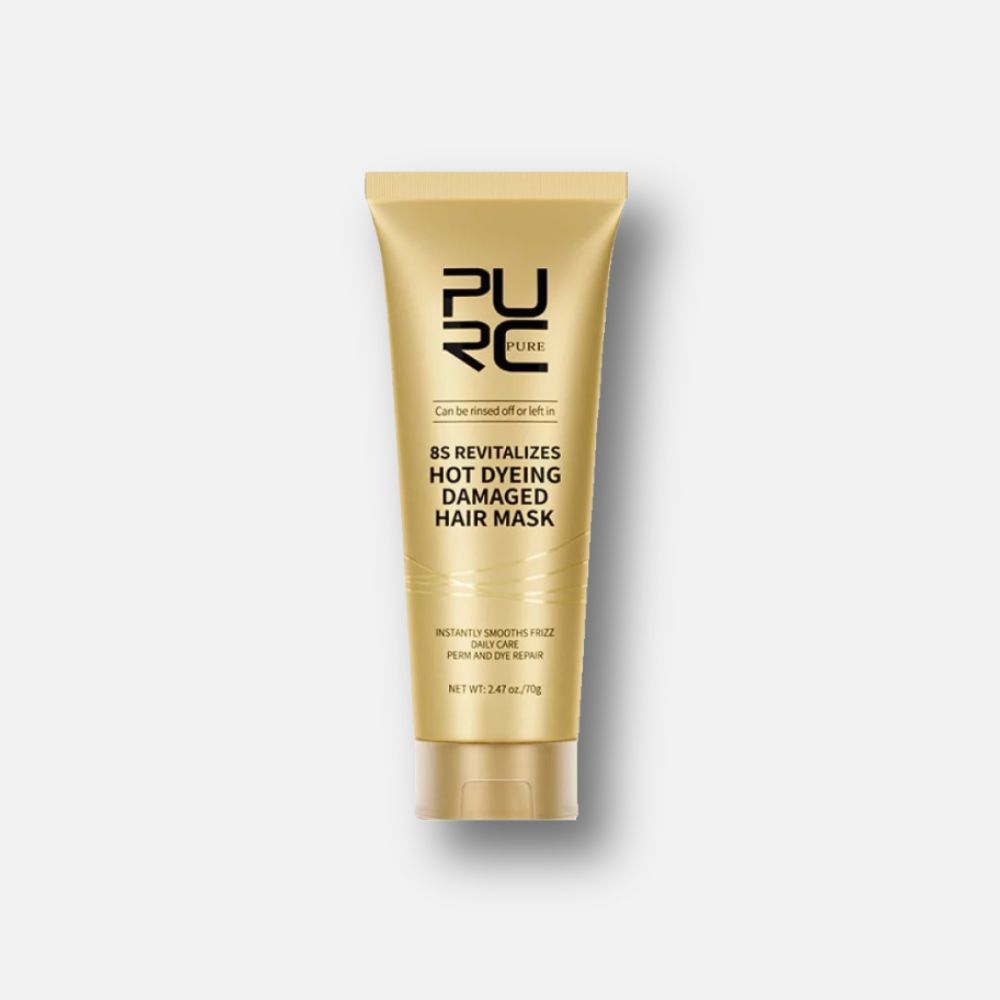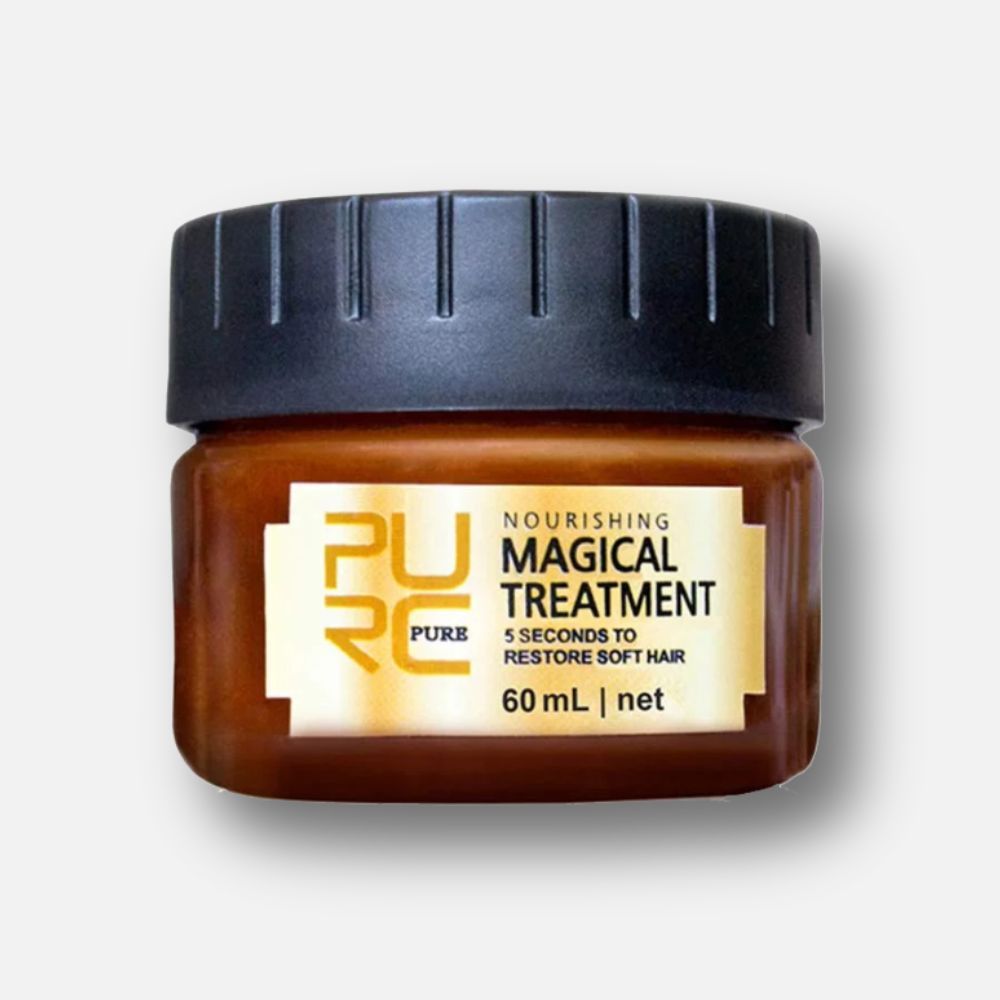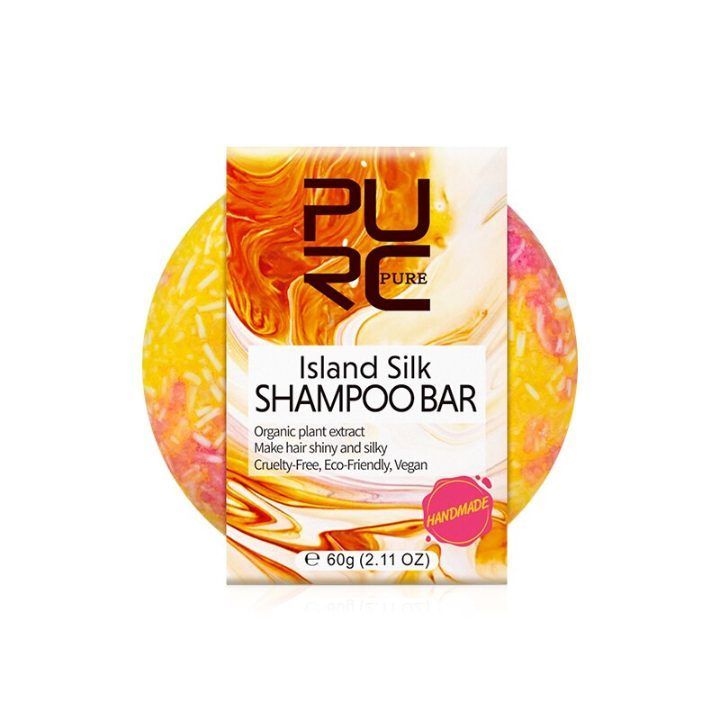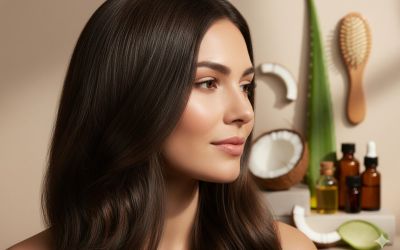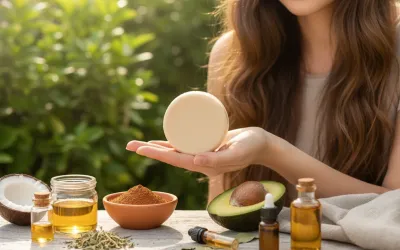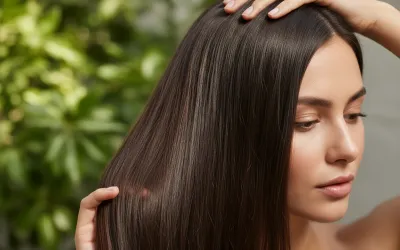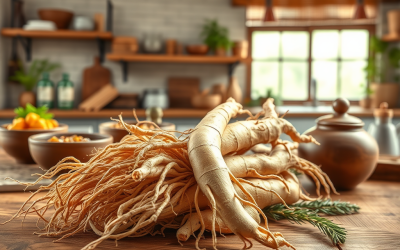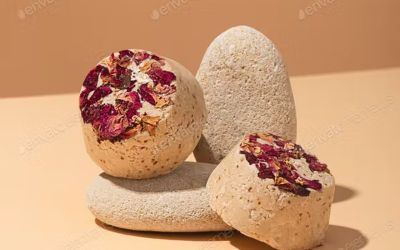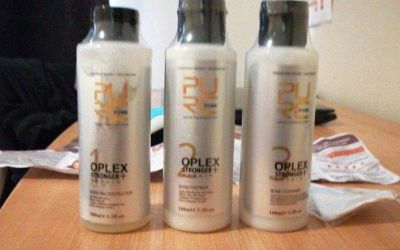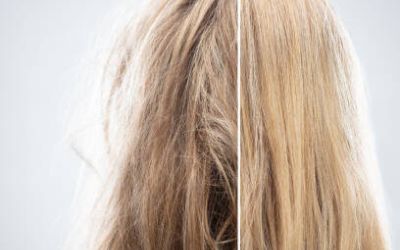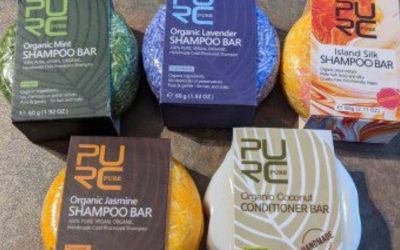Understanding Oily Hair
Oily hair is a common concern caused by excess sebum (natural scalp oil) produced by sebaceous glands at the roots. While sebum helps protect, moisturize, and strengthen hair, overproduction can make hair appear greasy and lifeless, even after washing.
Oily hair is not a sign of poor hygiene. It is a natural condition that requires the right care and products.
Common Symptoms of Oily Hair
If you’re unsure whether you have oily hair, look for these signs:
- Hair looks greasy or dirty less than 24 hours after washing
- Strands appear limp, flat, and lifeless
- Hair lacks volume or bounce
- Scalp feels greasy to the touch
- Possible itchiness or irritation
- Oily hair often coincides with oily skin
- Progressive hair thinning or shedding in some cases
Causes of Oily Hair
Several factors can trigger excessive scalp oil production:
- Poor diet or lack of essential nutrients
- Hormonal imbalances
- High stress levels
- Washing hair too frequently
- Using harsh or inappropriate hair products
- Overuse of styling products (gels, waxes, sprays)
- Inadequate scalp cleansing techniques
How to Treat Oily Hair Naturally
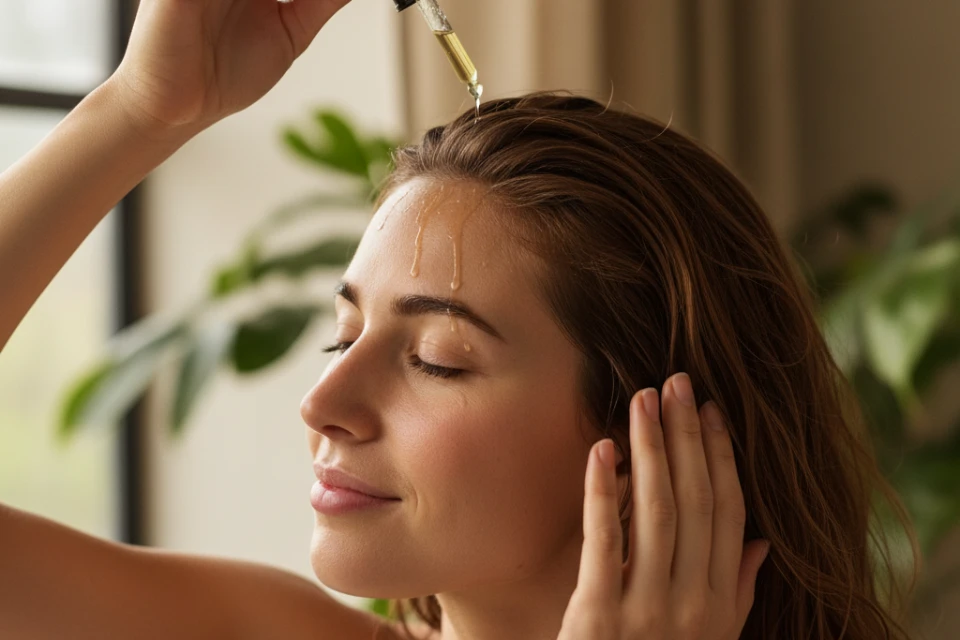
Treating oily hair requires gentle care and the right natural products. Here are proven remedies:
1. Use a Gentle, Natural Shampoo
Choosing the right shampoo is the foundation of managing oily hair, and natural formulas are the best place to start.
- Choose a sulfate-free, silicone-free shampoo with a neutral pH.
- Avoid heavy conditioners (oily hair doesn’t need extra hydration).
- Wash your hair in the morning, since sebaceous glands are more active at night.
- Use lukewarm water to wash and finish with a cold rinse to close hair cuticles.
- Minimize heat styling; excessive blow-drying can irritate the scalp.
By making these small but consistent changes to your washing routine, you can keep your scalp balanced and your hair feeling light, fresh, and healthy.
2. Apple Cider Vinegar Rinse
Apple cider vinegar (ACV) is a powerful natural remedy for oily hair.
Benefits:
- Balances the scalp’s pH (ideal range: 4.5–5.5).
- Removes product buildup without stripping natural oils.
- Leaves hair shinier and smoother.
How to Use:
Mix 2–3 tablespoons of ACV with one cup of water. After shampooing, pour the mixture over your scalp, massage gently, and rinse after 2–3 minutes.
3. Clay Masks for Scalp Detox
Occasional clay treatments (like bentonite or kaolin clay) can:
- Absorb excess oil from the scalp
- Remove impurities and buildup
- Restore balance to oily roots
Apply a clay mask once every 2–3 weeks for best results.
Other Helpful Habits
- Use clear or translucent shampoos instead of creamy formulas.
- Wash hair less frequently to avoid overstimulating oil glands.
- Avoid brushing too often—use a wide-tooth comb instead.
- Reduce stress through relaxation techniques like yoga or meditation.
Things to Avoid with Oily Hair
Just as important as what you do for oily hair is knowing what to avoid, since certain habits and products can make the problem worse.
- Avoid heavy conditioners (only apply a light conditioner to ends if needed).
- Skip tight hairstyles (braids, buns, or ribbons) that irritate the scalp.
- Don’t overwash your hair—it can trigger more oil production.
- Limit heat styling tools like blow dryers and straighteners.
- Avoid harsh chemical treatments (sulfates, parabens, or strong styling products).
By steering clear of these common mistakes, you’ll give your scalp the chance to rebalance naturally and keep your hair looking fresher for longer.
Final Thoughts
Oily hair can be frustrating, but with the right natural haircare products and a few lifestyle changes, it’s manageable. Focus on gentle, pH-balanced shampoos, natural rinses like apple cider vinegar, and scalp-friendly habits. With consistent care, your hair can stay fresh, voluminous, and healthy—without harsh chemicals.
